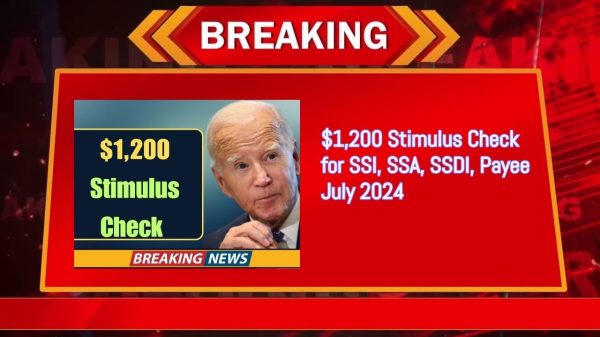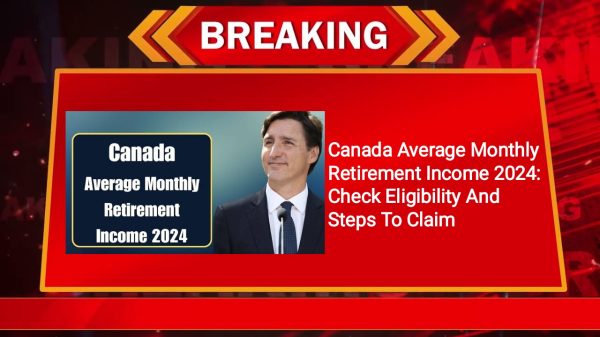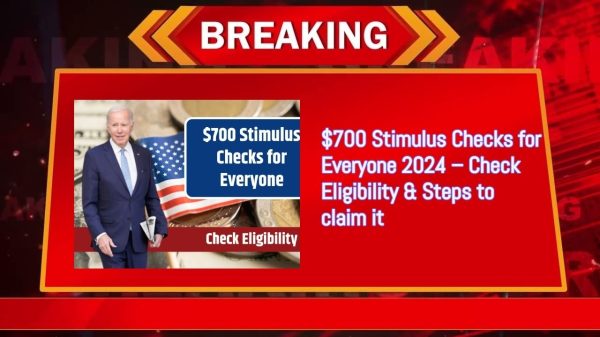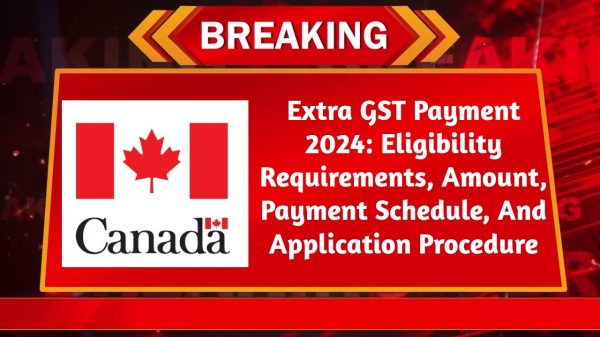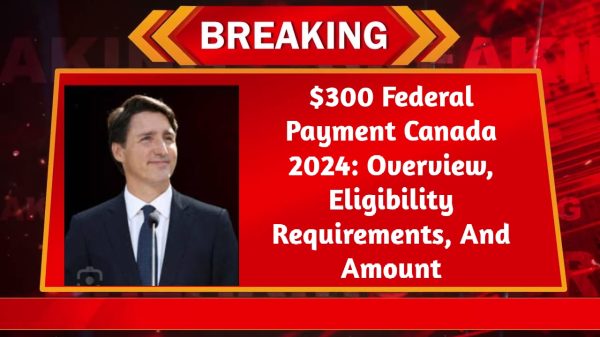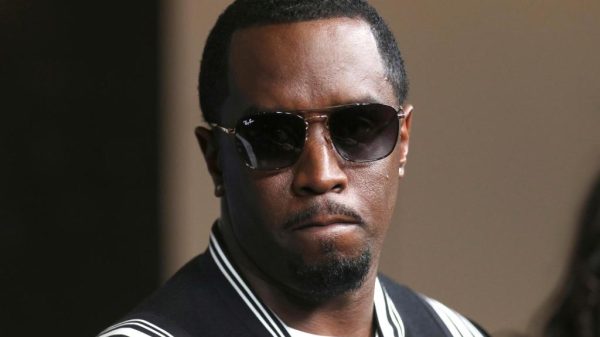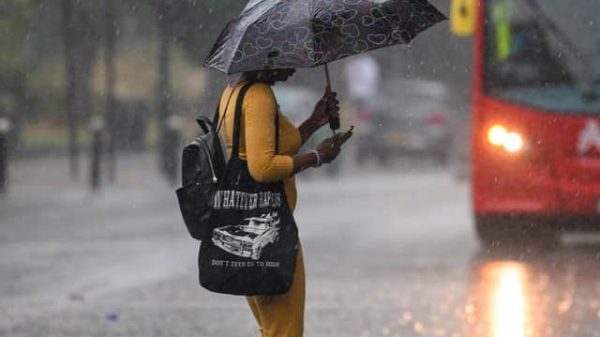
Interpretation of US healthcare system | ANC report
The State-Based Universal Health Care Act, presented today by Representative Ro Khanna (D-CA), would establish a waiver enabling states to design their own programs to guarantee health care access to all of their citizens. Eagan Kemp, a public citizen health policy advocate, responded by releasing the following statement:
“We need to provide states with the authority to ensure that their citizens can get the treatment they require when they require it, especially those like California and New York that are attempting to establish state-based single-payer health care systems.
We can assist states in taking the lead in showcasing the superiority of single-payer healthcare over our disjointed, profit-driven healthcare system by guaranteeing that they have the power to establish more effective and fair health care systems.
“Demand for state and federal action has intensified due to our failing health care system, where millions of Americans are in debt and over half of them report not being able to afford the care they need. This law will enable states to remove obstacles to healthcare and end the ability of avaricious businesses to make money off of disease. The timing of it couldn’t be more crucial. We appreciate Rep. Khanna’s leadership on this crucial matter and implore Congress to enact this legislation as soon as possible.
What are single-payer vs. universal care systems?
A healthcare system with universal coverage is one in which every person is covered. This can be done through a commercial health insurance plan, a government-run health coverage program, or a mix of the two.
In line with U.S. According to the Census Bureau, 28 million Americans did not have health insurance in 2020. Millions of individuals now have access to coverage thanks to the Affordable Care Act (ACA) of 2010. However, the United States lacks the kind of universal coverage found in many other affluent nations.
In a single-payer system, the government uses tax revenue obtained through collection to cover healthcare claims. In at least seventeen countries—including Japan, Canada, the United Arab Emirates, Italy, and Iceland—the government is the only “single payer.”
It is possible to establish single-payer systems without including the whole populace. Even with one or more single-payer schemes in place, a nation may not get universal coverage. This applies to the United States as well, where tens of millions of individuals lack any insurance at all, while some have access to private insurance in addition to single-payer care for others.
Medicaid is jointly supported by the federal government and each state government, despite the fact that it is commonly referred to as a single-payer system. Despite being a type of government-funded health insurance, there are two financing sources rather than one.
In the United States, a large number of individuals are covered by self-purchased or employer-sponsored health plans, including those offered through health insurance exchanges. This indicates that, rather than being a part of the government’s single-payer system, hundreds of private insurance firms pay the claims of their members.
A single-payer system and universal coverage typically go hand in hand. In a government-run healthcare system, the whole population is covered by the system, which is managed and funded by the government.
Nonetheless, nations like France and Canada have single-payer, two-tiered healthcare systems that offer basic treatment. A higher grade of treatment can be obtained by people who can afford secondary private coverage.
This is comparable to Medigap insurance plans offered to Americans with original Medicare coverage. Many original Medicare enrollees depend on supplementary insurance to help with out-of-pocket expenses.
Medicare Part B, which covers outpatient and physician services, and Medicare Part A, which covers inpatient care, make up Original Medicare. There is no cap on out-of-pocket expenses with Original Medicare, which is why it’s crucial to also have supplementary coverage that will cover part or all of the out-of-pocket expenses. The majority of Medicare subscribers receive Part A without a fee; however, there is a monthly charge for Part B.
One example of a system where the government not only owns the hospitals and hires the physicians but also pays for services is the National Health Service (NHS) in the United Kingdom.
However, in Canada, where there is a universal healthcare system with a single payer, hospitals are run by private companies, and physicians are not hired by the government. Like the American Medicare scheme, they only charge the government for the services they render.
The primary obstacle to any socialized medicine system is the government’s incapacity to efficiently finance, oversee, and modernize its procedures, practices, and equipment in order to provide the best possible medical treatment.
There are 38 member nations that make up the Organization for Economic Co-operation and Development (OECD). The majority of them have attained 100% coverage, providing their citizens with healthcare benefits through universal enrollment.
According to data from the OECD in 2021, 90% of Americans qualified for essential medical treatments. This is less than the 98% average of the OECD’s member countries.
In light of recent U.S. According to census statistics, fewer than 92% of Americans had health insurance in 2020.2 The United States ranks near the bottom of the OECD in terms of the proportion of its citizens having health coverage, but it also spends a disproportionately large portion of its GDP on health care compared to all other members.






